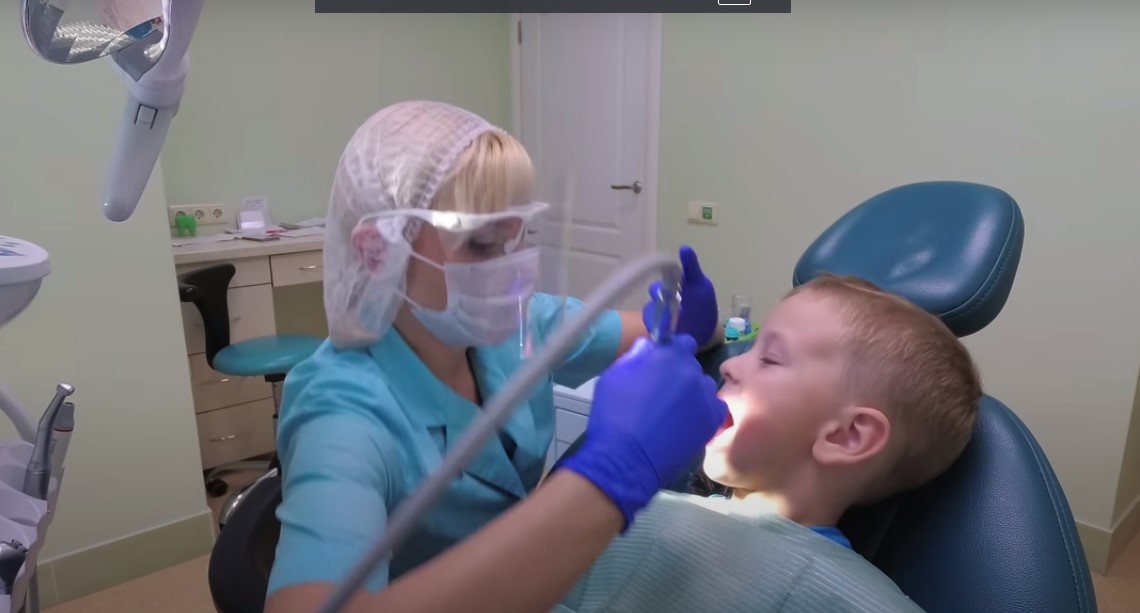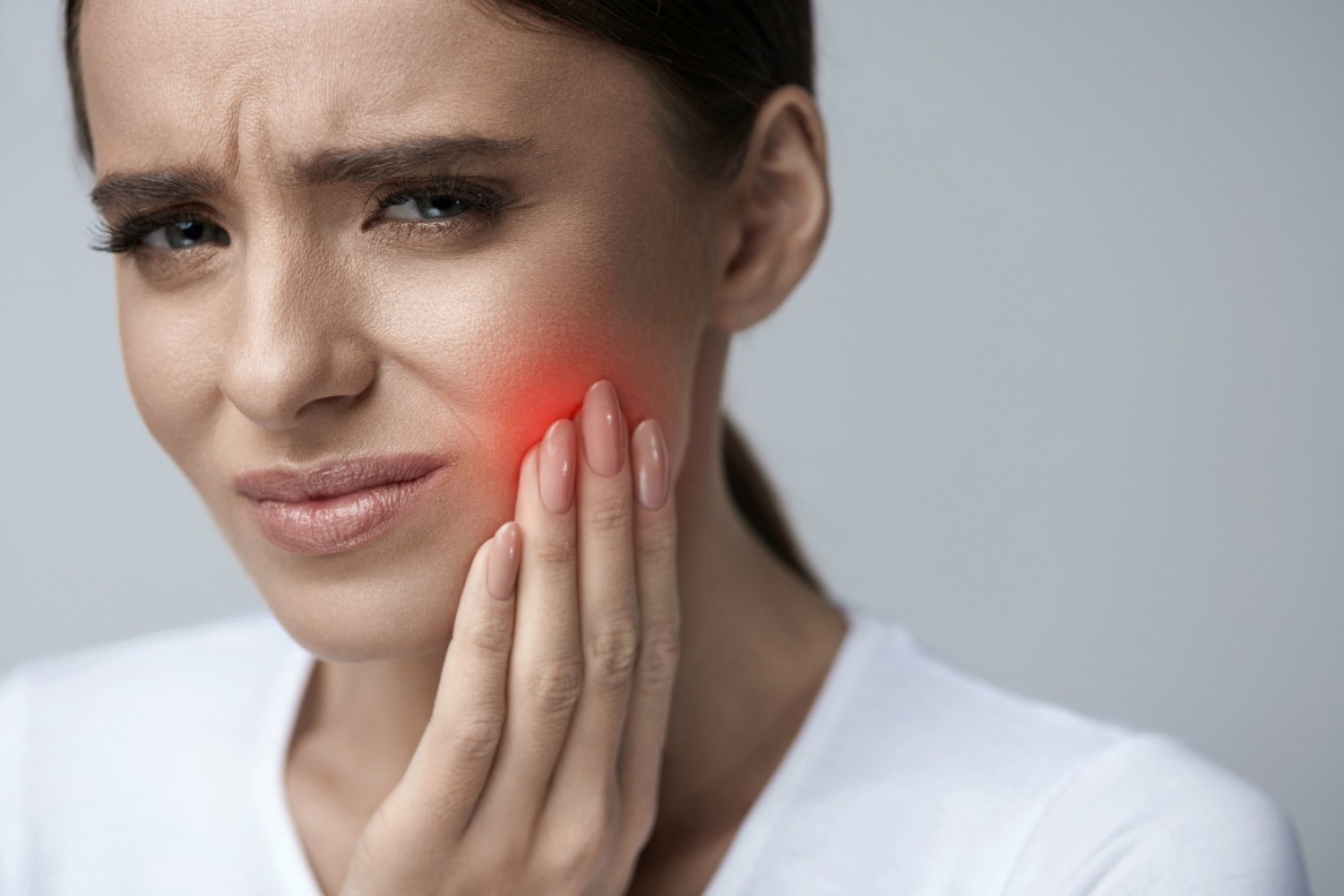The loss of baby teeth and the emergence of permanent teeth is an important time for a child. Babies look forward to this moment to receive a long-awaited gift from the Tooth Fairy. And parents cherish every tooth that has fallen out. At this time, the child’s bite is changing, as the permanent teeth alternately replace the milk teeth. Let’s understand how it happens together.
A child has 20 teeth in the milk bite. As a rule, by the age of three, they have all erupted.
By the age of six, these teeth gradually begin to fall out and permanent teeth appear in their place.
During this transitional period, when the dentition consists of baby teeth and permanent teeth, the child has a replacement bite.
Periods of overbite
- Early replacement bite.
It is formed from 6 to 9 years of age. During this time the molars should normally erupt. And after the last milk teeth appear the first permanent molars, or,
or “sixes” as they’re called.
- Late replacement bite.
In the milk bite, the child has 20 teeth.
As a rule, by the age of three, they have all already erupted. By the age of six.
these teeth gradually start to fall out and permanent teeth take their place. During this transitional period, when the dentition is made up
of baby teeth and permanent teeth, the child has a replacement bite.
This stage begins at the age of 10 and lasts 2-4 years. At this time, the remaining
teeth – premolars and canines. At the end of the tooth row grow second molars, or “sevens”.
During the replacement bite, the jaws are actively growing and the permanent bite begins to form. Therefore, it is important to monitor the sequence in which the child’s teeth replace each other

Features of the replacement bite
This stage begins at the age of 10 and lasts 2-4 years. At this time, the remaining teeth – premolars and canines. At the end of the tooth row grows the second molars, or “By the age of five or six years. “two important processes begin in a child’s body – the loss of baby teeth and the eruption of permanent teeth. This occurs as follows.
The roots of the deciduous incisors, which begin to sprout in a child at age four or five, gradually disappear. These teeth do not sit in the hole as firmly as before, begin to wobble and soon fall out.
At the same time, the rudiments (follicles) of permanent teeth develop faster and advance
to the cavity through the bone tissue. With a proper change of bite, these teeth do not come into contact
with the baby teeth and soon take their place. This is how the change from deciduous incisors to permanent incisors occurs.
From this moment, the child begins the process of forming a permanent bite, which takes place in two stages.
The time interval between the loss of a deciduous tooth and the full eruption of a permanent tooth in its place can be very long.
This is due to the peculiarities of development of each particular child.
Timing of eruption of permanent teeth
- First molars – 5-7 years old
- Central incisors – 5-8 years old
- Lateral incisors – 6-8 years old
- First premolars – 9-13 years of age
- Canines – 9-14 years old
- Second premolars – 10-14 years old
- Second molars – 11-14 years old
- Third molars – 18-20 years and older

Replacement bite problems
Permanent teeth erupt in the same sequence as baby teeth. First appears a tooth on the lower jaw, and then – its antagonist on the upper jaw. But in the order and timing of eruption can be deviations from the norm.
The most common of them – delayed teething. In this case, it is especially important to seek help from a dentist and conduct an X-ray examination to find out why the permanent tooth has not erupted. Possible causes:
- genetic predisposition
- the tooth is underdeveloped and delayed in the jaw
- there is no rudiment of a permanent tooth
- the tooth is not properly positioned in the bone (retained).
The eruption can also be delayed due to a baby tooth, the root of which has not decompressed. This unit stands in place and interferes with the permanent tooth. As a result, it can be traumatized
against the root of the baby tooth or can erupt adjacent
to the root of a baby tooth, such as on the palate or gum. To correct the bite in this situation, the extraction of the baby tooth and treatment by an orthodontist with the help of tracers and braces can help.
The change from temporary to permanent teeth is an important stage in a child’s life. A beautiful smile
and a correct permanent bite depend not only on heredity,
but also on proper and regular dental care. A changeable bite in a child is a reason to visit an orthodontist once again for a preventive checkup. The visit to the doctor will not take much time, but it will help to make sure that the change of teeth is correct.




